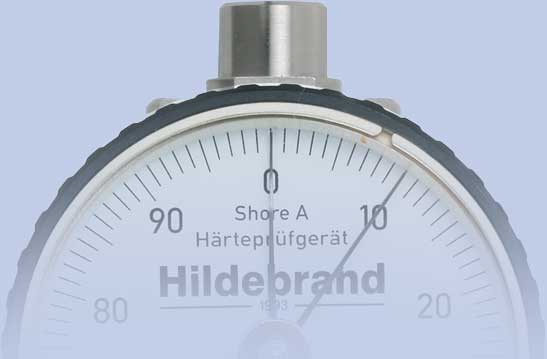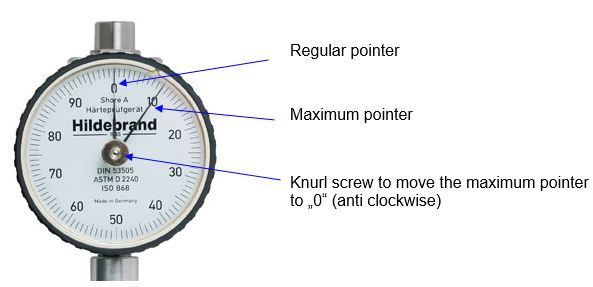FAQ Durometer
Overview:
Which parts you can measure with Durometer?
Which hardness type is suitable for what application?
How big is the indentation way?
Which shape has the indentors?
What is the maximum spring force (at 100 Durometer)?
Which hardness range should the Durometer match?
Which material thickness is required?
What should you consider regarding the measuring time?
What is a drag pointer/maximum pointer?
Why should you use an Operating Stand for Durometer hardness measurements?
How often should you re-calibrate a Durometer?
How should I store a Durometer?
How can I avoid errors while measuring?
What is a Durometer?
A Durometer is a measuring device to obtain hardness values of rubber, plastics and other non-metallic materials.
What means hardness?
Hardness is the resistance against the indentation of a known geometrical indentor with determined force into a sample.
What is Shore hardness?
The Shore hardness is a material parameter (for example elastomers). The Shore Instruments Co. used to manufacture the first hardness tester for this application. Shore Instruments Co. is the originator of the Shore scales.
Which parts you can measure with Durometer?
The range is from soft silicones through elastomers to plastics. Important is the material thickness and material width.
Which hardness type is suitable for what application?
| Durometer A: | Soft rubber, elastomers, natural rubber… |
| Durometer D: | Hard rubber, rigid thermoplastics… |
| Durometer AO: | Foams, steering wheels, interior panelling… |
| Durometer B: | Hard elastomers,where the hardness is between Durometer A and Durometer D... |
| Durometer C: | Medium hard elastomers… |
| Durometer DO | Dense granular material, textile windings… |
| Durometer O: | Soft elastomeres, textile windings… |
| Durometer OO: | Foam, sponge rubber, gels… |
How big is the indentation way?
The indentor is 2.5 mm away from the contact surface at zero Durometer reading.
When you press the hardness tester on a grinded steel plate you obtain 100 Durometer on the scale (no indentation into the elastomer).
* Exception Asker C = 2,54 mm
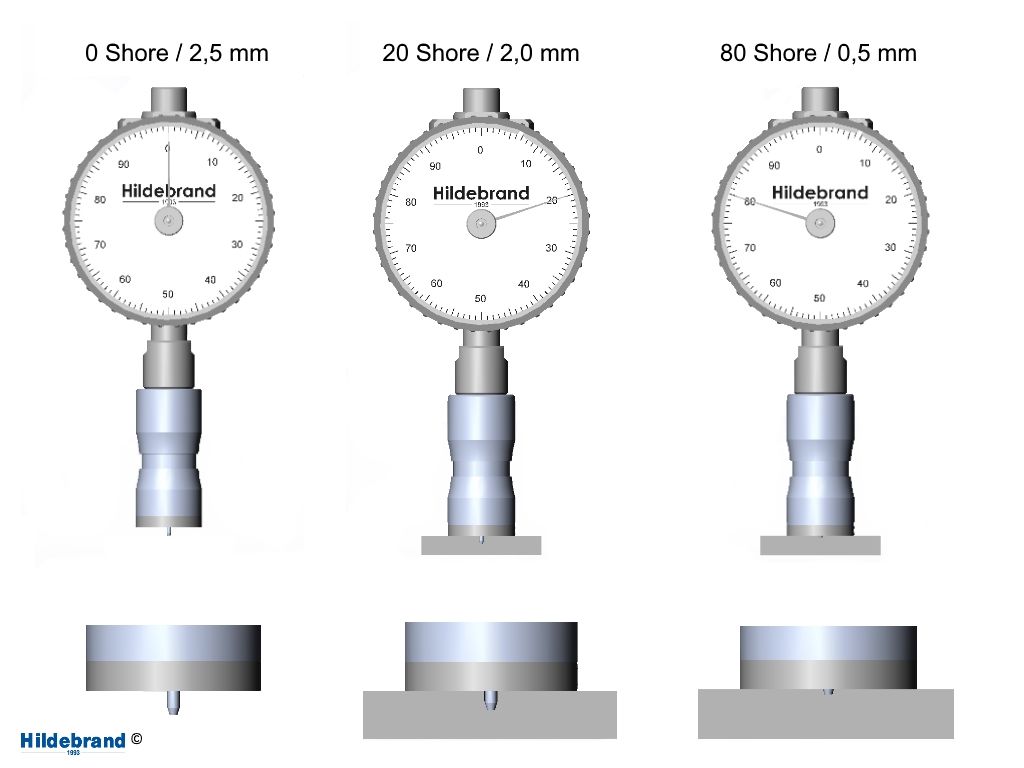
Which shape has the indentors?
| Durometer A and C: | ø0,79 mm / 35° / ø1,25 |
| Durometer D and B: | R0,1 / 30° / ø1,25 |
| Durometer AO: | ø5 mm |
| Durometer Asker C: | ø5,08 mm |
| Durometer DO, O and OO: | ø2,38 mm |
| A and C | D and B | AO | DO, O and OO | |||
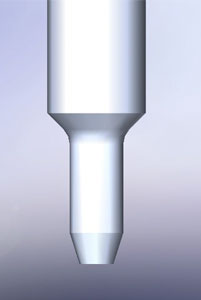 |
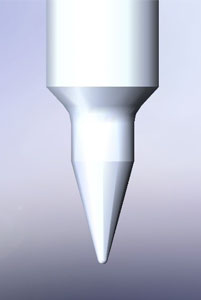 |
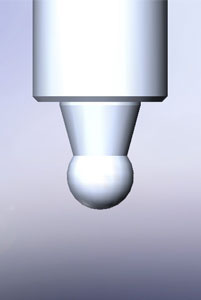 |
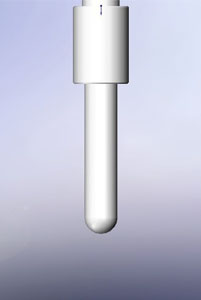 |
What is the maximum spring force (at 100 Durometer)?
| Durometer OO: | 1,11 N |
| Durometer A, AO, B and O: | 8,05 N |
| Durometer Asker C: | 8,39 N |
| Durometer D, C and DO: | 44,5 N |
Every Durometer-Hardness tester has at least one spring. The spring produces the required force (law of Hooke – acc. Sir Robert Hooke).
Every indentation way has a particular force.
Which hardness range should the Durometer match?
The measuring range is from 0 to 100 Durometer. You should not use values from 0 to 10 and 90 to 100. If you obtain values in this ranges you should use another suitable Durometer scale.
Which material thickness is required?
≥6 mm or layers 2 mm + 2 mm + 2 mm = 6 mm
If the sample is 1,5 mm thick you can`t measure it with a Durometer.
The indentor is 2.5 mm away from the contact surface at zero Durometer reading. In this case the base - where the sample is located – has an influence on the hardness value.
What should you consider regarding the measuring time?
The measuring time starts when the pressure plate has contact on the sample surface.
There are different measuring times determined in the standards. That means you can compare the obtained hardness values limited.
Example:
| ASTM D 2240 (Durometer A) measuring time: | 1 second |
| ISO 7619-1, Durometer A measuring time: | 3 seconds |
ASTM D 2240 hardness values are higher compared with ISO 7619-1. At ISO 7619-1 the indentor has more time to penetrate into the material. If you want to compare the hardness values the measuring time must be the same.
What is a drag pointer/maximum pointer?
The regular pointer shows always the actual hardness value.
If you turn the knurl screw anti-clockwise, the drag pointer goes to zero.
When you make a measurement the regular pointer turns the drag pointer to the highest value of the measurement. The drag pointer stays at this position (e.g. 62 Shore A). The regular pointer can show you a value that is lower (e.g. 59 Shore A) because the material has creep (depends on material and measuring time).
Why should you use an Operating Stand for Durometer hardness measurements?
Measurement by hand:
You have to produce the force by hand (mass of hardness tester +hand force).
Subjective test errors, which may be caused by differing load application forces or non-vertical application of the durometer to the test piece are possible.
Operating Stand:
The Durometer Operating Stand works on the constant load prinicple. The Durometer is lowered shock-free by means of a manually operated lever. The mass consists of the Durometer + adapter + shaft + weight. For Durometer D an additional weight of 4000 g is necessary.
How often should you re-calibrate a Durometer?
The calibration of Durometers is described in the standard ISO 18898 (also ASTM D 2240 for Durometers that are not described in the ISO 18898). The minimum requirements of the measuring instruments are described in the ISO 18898. At a calibration the geometry of the indentor and pressure foot, spring forces and depth of indentation will be checked.
We recommend an annual calibration.
How should I store a Durometer?
You should store the Durometer on a clean and dry place without direct sun exposure. Ideally in the delivered custom case.
How can I avoid errors while measuring?
- Before measuring you have to check whether the Durometer is suitable to measure the material. The hardness value should be between 10 and 90.
- The ambient temperature, the sample temperature and the temperature of the Durometer should be 23 °C.
- Don`t use thinner materials than described in the standard.
- The surface of the sample must be clean and flat. The sample must have two parallel surfaces.
- The measuring direction is vertical top down. You must be sure that the presser foot of the Durometer is parallel to the surface of the sample.
correct 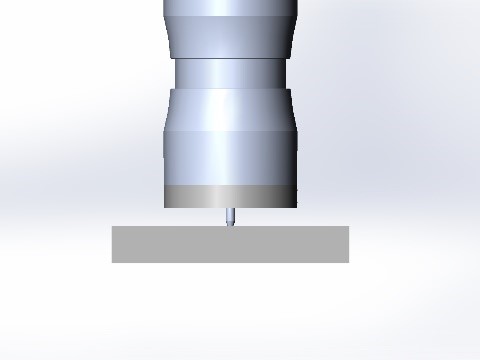
wrong 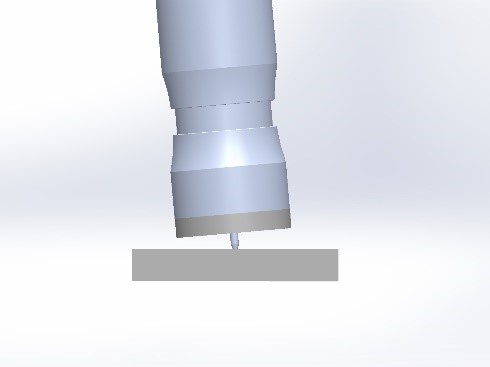
- The descent speed should be around 2,5 mm/s (max. 3,2 mm/s according to the standards).
- You must observe measuring time.
- If you make more than one measurement per sample you can use the measuring position only one time. That means after each measurement you have to move the sample or the Durometer.
- If the Durometer is used improper you have to check it or send it back for calibration.

















